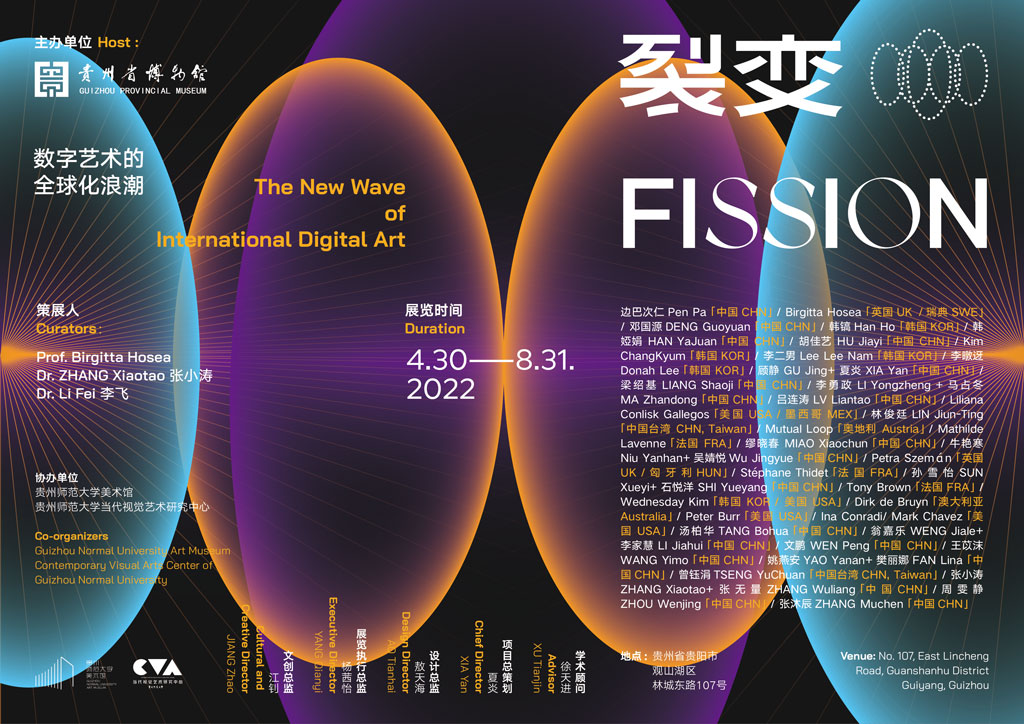Infinitely Yours, Miwa Matreyek, Golden Nica winner, Prix Ars Electronica 2020
In this, our fourth symposium at the critical juncture of embodied, sensual perception and the processes and technologies of expanded animation, we turn our attention to kinaesthetic and physical presence. Our human senses of proprioception (detecting our own position in space) and the vestibular system (detecting gravity, movement and balance) allow us to map our surroundings, navigate through space and detect the proximity of others. In an age in which our city streets have become a film studio with our every movement tracked by surveillance cameras and our every thought, memory or social interaction mediated through the camera, GPS, microphone and motion sensors of our smart devices, what does it mean to have a body? In what ways can expanded animation explore the physical presence of the live human body in motion and what is the role of technology in relation to this?
Venue
The conference will be held at the Ars Electronica Festival in Linz, Austria. The media festival will take place on the 6th–10h of September 2023: https://ars.electronica.art/festival/en/.
Call for Papers
We are looking for thought-provoking proposals that present innovative perspectives on working in expanded animation with the live body in motion. The questions we are interested in include, but are not limited to:
- How can we critically and creatively use live performance in animation and animation in live performance?
- What can the liveness of performance bring to animation in terms of improvisation, participation, spontaneity and unpredictability?
- Since ancient times, thousands of years of performance practice have produced many different ways to move a body from stylised forms of dance to exaggerated clowning. What is ‘life-like’ motion and why does psychological realism remain a goal for animated characters who are, after all, not human?
- In what new ways can the properties of human kinaesthetics be applied to animation? How can balance, gravity, weight, movement patterns, spatial mapping and proximity detection be re-imagined and creatively explored?
- What are the ethics of capturing and re-appropriating a performer’s physical movement signature with mocap? How can we counter the algorithmic biases built into the fabric of motion capture systems and the under-representation of different demographics in motion capture libraries?
- How might the technologies of surveillance, motion detection and capture be subverted and used for new artistic purposes?
- How can the space in which performance takes place be animated and what impact does this have on performer and audience experience?
- Can animation be used in live performance to disrupt theatrical conventions such as the fourth wall and unity of time and space?
- How can animation be used to create proximity and communal experience in connected audiences?
- How can AI technology revolutionize/change the way we will animate human bodies?
- What does it mean to have a body in interactive animated environments (metaverse, games, VR)?
Deadline
Submission deadline: Friday, 26th May 2023
How to Submit
We call for papers, presentations and responses to our themes above.
Submission is via Oxford Abstracts at this link: https://app.oxfordabstracts.com/stages/5966/submitter. You will be prompted to create a free account with Oxford Abstracts.
Your submission should include:
- Title of your presentation
- Abstract (brief summary of your proposed presentation) 500 words (including bibliographic references)
- Short Biography – 200 words
- Relevant links to moving image work/websites etc.
If the paper is practice-based, it should include reflection and contextualisation in addition to presenting the practice. We will not accept papers that propose to show the practice only.
Finally, we are unable to provide feedback on individual submissions.
Keynote: Ghislaine Boddington, body>data>space
Creative Director, body>data>space / Reader In Digital Immersion, School of Design, University of Greenwich
Ghislaine Boddington is a curator, presenter and researcher, known for her pioneering work placing the body as the interface for digital technologies and exploring telepresence, digital intimacy and virtual physical blending since the early 1990s. Her research led practise, expert direction and curations include “Robots and Avatars” (EU/Nesta 2009-11), “me and my shadow” (National Theatre 2012), Nesta’s FutureFest 2015-18 and the recent exhibition/symposium Extended Senses and Embodying Technologies (UoG/UCA Sept 22). In 2017 Ghislaine was awarded the esteemed IX Immersion Experience International Visionary Pioneer Award for her long-term work on collective embodiment within digital immersion. She is an expert presenter for BBC World Service Digital Planet weekly radio show/podcast, a member of the DCMS College of Experts and a Trustee for Stemette Futures. Her websites can be found at Linktr.ee
Committees
The symposium is jointly organized by Dr. Juergen Hagler, Ars Electronica, University of Applied Sciences Upper Austria, Hagenberg and Professor Dr. Birgitta Hosea, Animation Research Centre, University for the Creative Arts, Farnham, UK.
Scientific committee: Professor Rose Bond, PNCA, USA; Andy Buchanan, independent scholar; Associate Professor Max Hattler, School of Creative Media, CityU, Hong Kong.
















